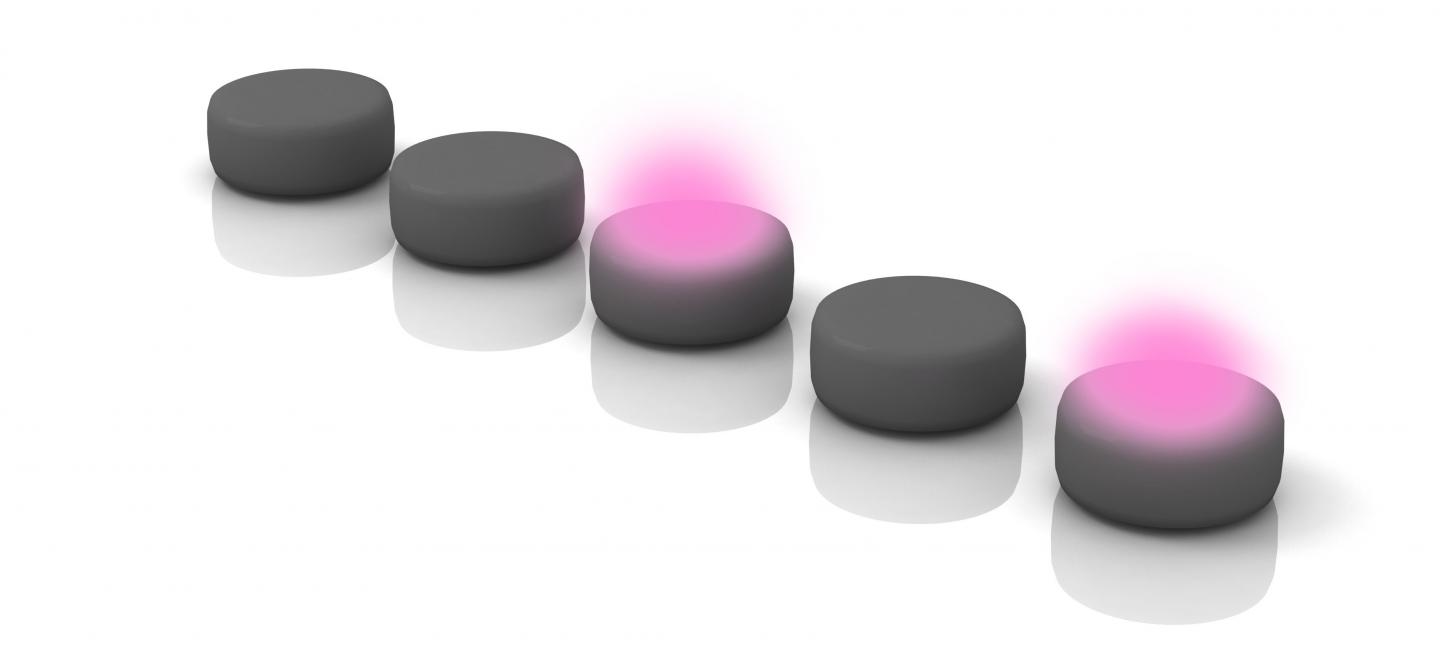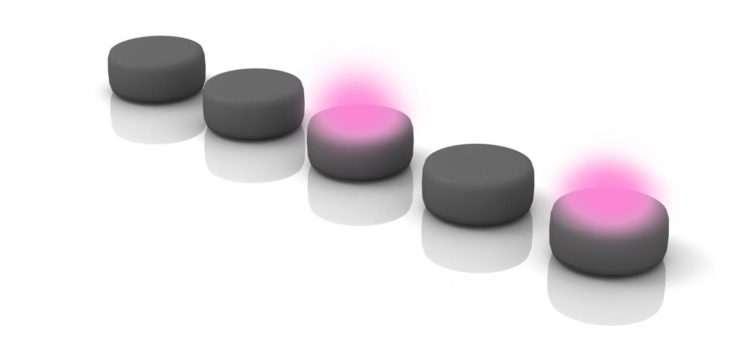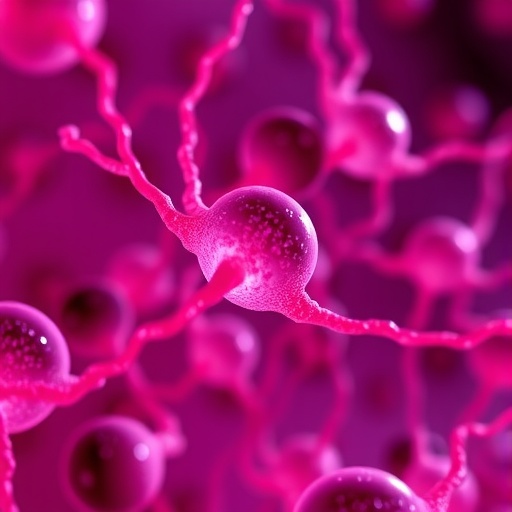A research team from ITMO University, with the help of their colleagues from Moscow Institute of Physics and Technology (Russia) and Politecnico di Torino (Italy), has predicted a novel type of topological quantum state of 2 photons

Credit: Department of Physics, ITMO University
A research team from ITMO University, with the help of their colleagues from MIPT (Russia) and Politecnico di Torino (Italy), has predicted a novel type of topological quantum state of two photons. Scientists have also applied a new, affordable experimental method for testing this prediction. The method relies on the analogy: instead of expensive experiments with quantum systems of two or more entangled photons, the researchers have used resonant electric circuits of higher dimensionality described by similar equations. The obtained results can be useful for the engineering of optical chips and quantum computers without the need for expensive experiments. The research was published in Nature Communications.
Light plays a key role in modern information technologies: with its help, information is transmitted over large distances via optical fibers. In the future, scientists anticipate the invention of optical chips and computers that process information with the help of photons – light quanta – instead of electrons, as it is done today. This will decrease energy consumption, while also increasing the capabilities of computers. However, to turn these predictions into reality, fundamental and applied research of light behavior at the micro- and nanoscale is needed.
ITMO University physicists, with the help of their colleagues from the Moscow Institute of Physics and Technology (Russia) and Politecnico di Torino (Italy), have theoretically predicted the formation of a new quantum state of photons: two photons propagating in the array of quantum microresonators (qubits) can form a bound pair and settle down on the edge of the array. A proper experiment demands special nanostructures, as well as special devices to create such quantum state of photons and detect it. Currently, such capabilities are available only to very few research teams worldwide.
If conducting a precise experiment is too expensive, it may be useful to come up with a model, or an analogy, which would allow one to test the theoretical assumptions without spending too many resources. This is exactly what ITMO University physicists managed to do. They have drawn an analogy between a specific class of quantum systems and classical electric circuits of higher dimensionality.
“We connect various points on the board to an external power source and study the system’s response using a multimeter and oscilloscope,” explains Nikita Olekhno, PhD student at ITMO University. “The result is described by classical equations that in our case coincide with the quantum equations describing two-photon states in the array of qubits. The same equations must have the same solutions, and it doesn’t matter whether it’s a wave function of a quantum particle or an electric potential.”
Of course, the analogy that ITMO University scientists have come up with can not entirely replace experiments with quantum systems. However, the classical structure that was developed by the team allows researchers to conduct many experiments, providing valuable information for the field of quantum photonics. The fact that the scientists from St. Petersburg managed to find such an analogy for quantum systems of many particles for the first time is very promising.
“Theory is always ahead of experimental capabilities. To be at the forefront of theory, we study subtle effects that we will be able to detect experimentally only in several years,” says Maxim Gorlach, head of the project and Senior Researcher at ITMO University. “We are currently conducting a series of experiments in this field by researching topological edge states of more exotic quantum systems and developing ways of their emulation. Such experiments are important both for fundamental physics and future practical applications.”
###
Media Contact
Alena Gupaisova
[email protected]
7-909-160-5018
Related Journal Article
http://dx.





